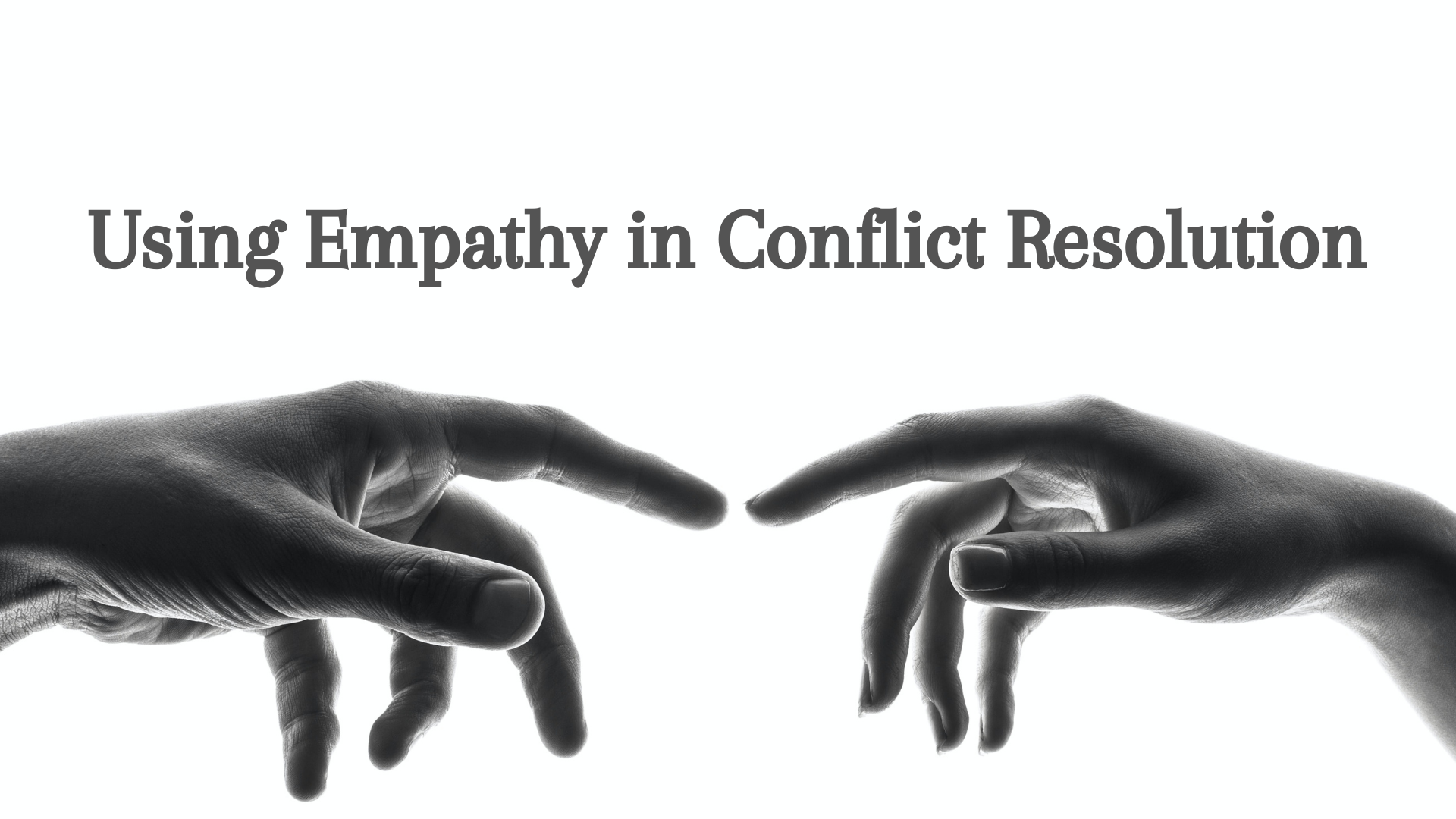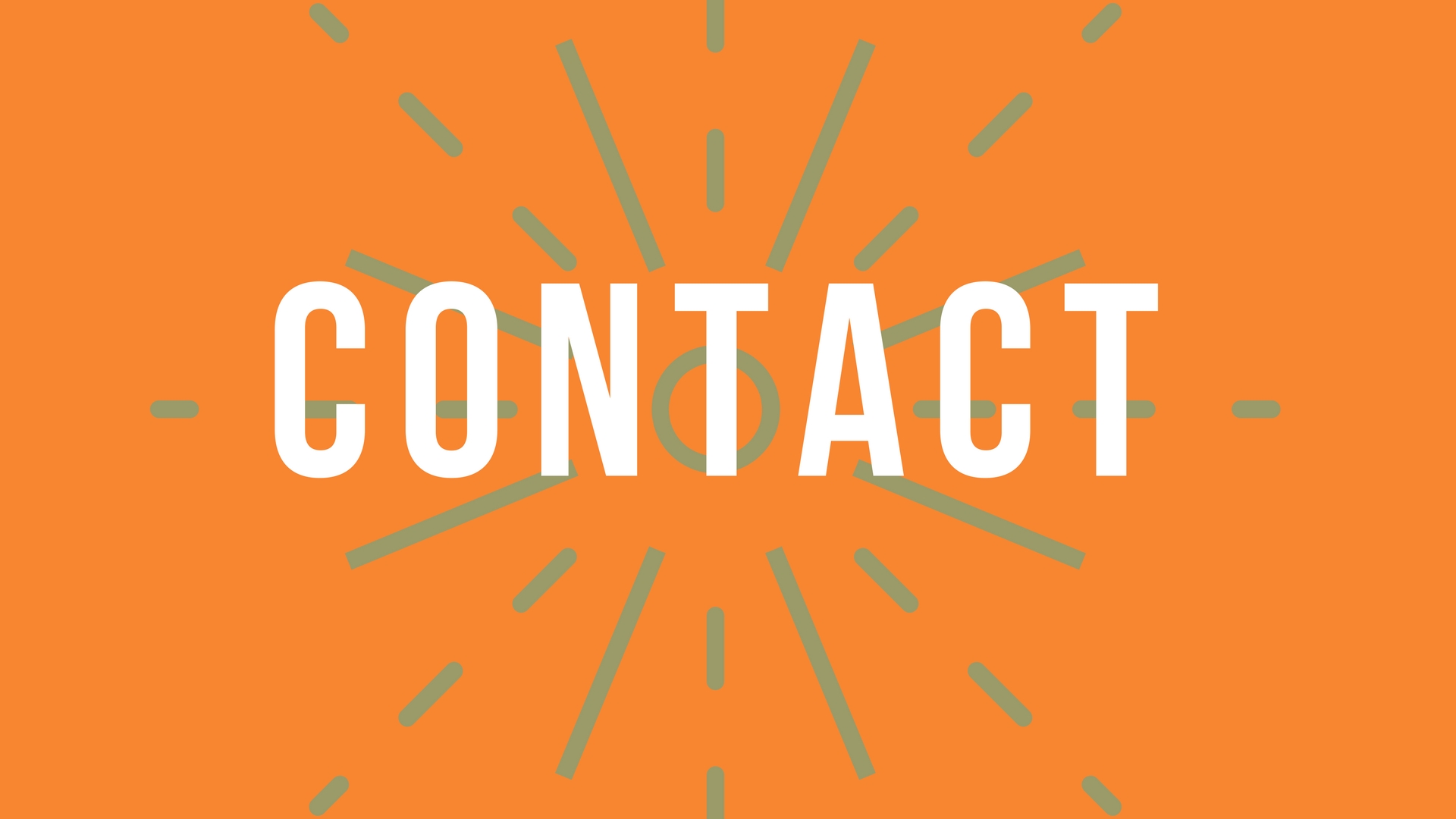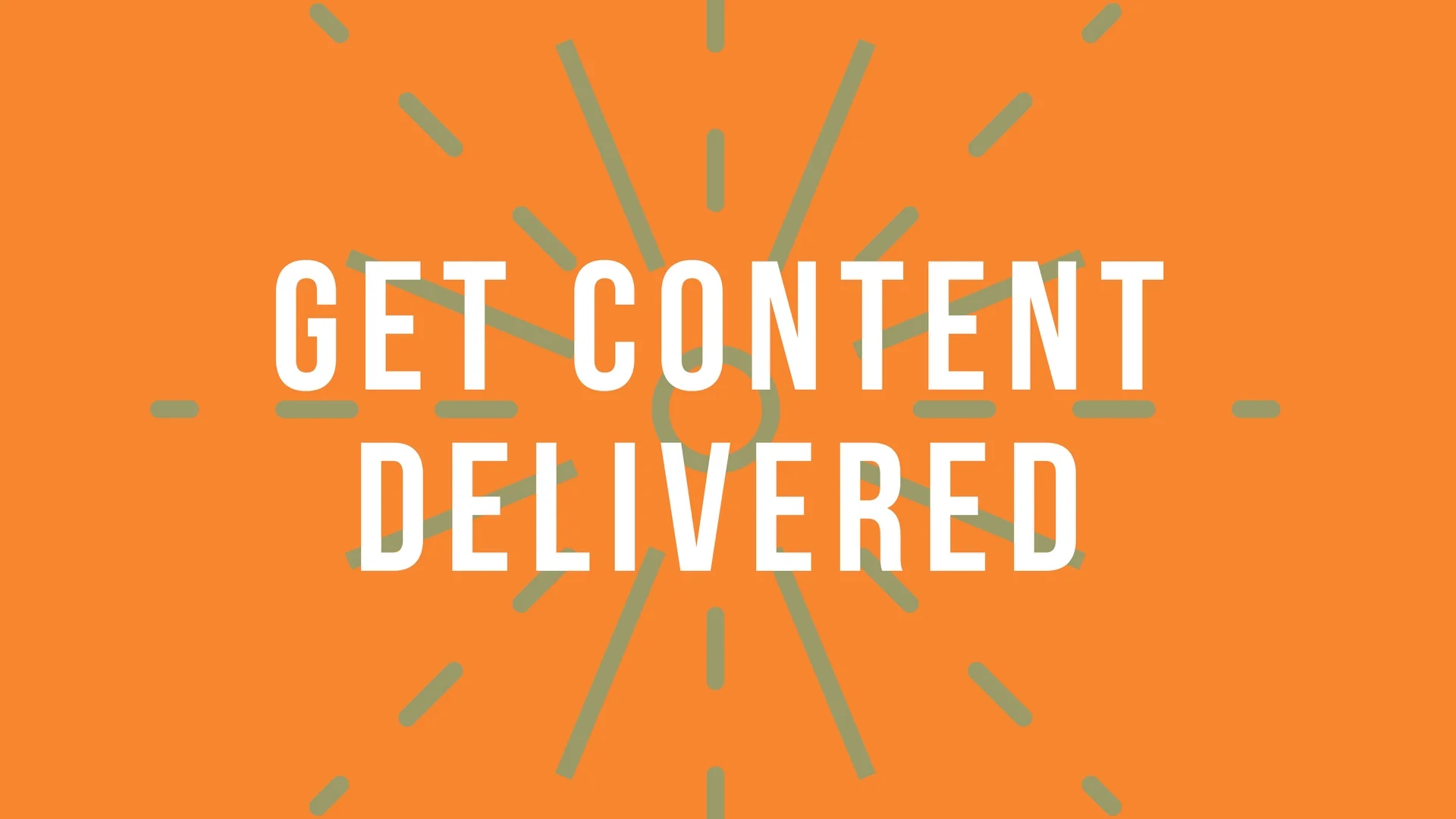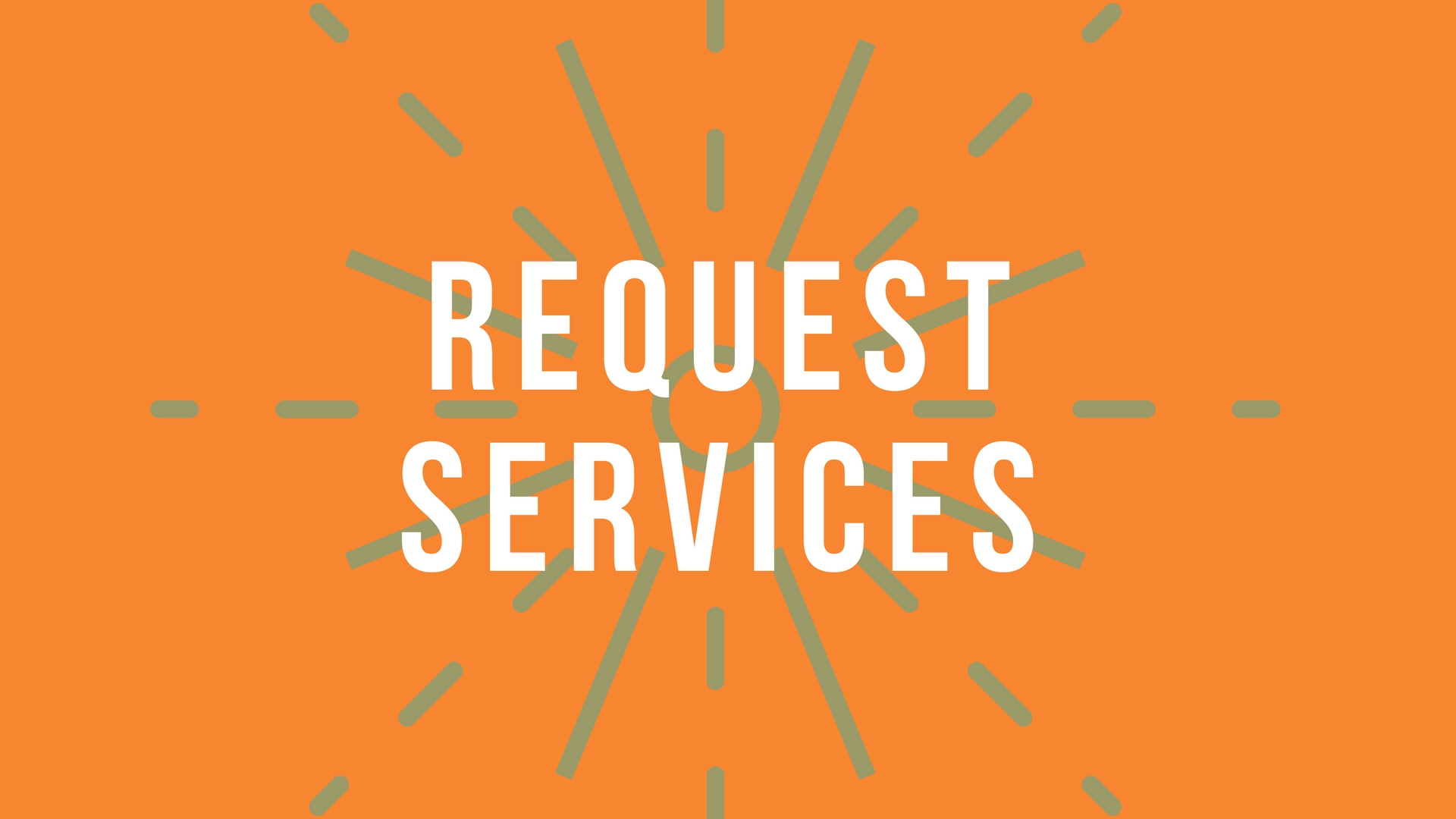[How We Change] - Transition Vs. Shift | Internals Vs. Externals
/
In talking about “How We Change”, we need to examine the difference between transitions & shifts.
Especially when the change deals with more people than just you.
As you’ve gone through your life, you can most likely name moments where a decision was made and things were different once that decision has been made, but then there was a large section of time where the change unfolded slowly.
A sudden change followed by a slow evolution of a change.
What’s this all about?
Transitions & Shifts
Here’s a good historical example that we might be able to transpose to our current settings, today:
September 3rd, 1967 - Sweden.
The country of Sweden had a problem - they drove on the left side of the road. Not a problem in itself, I suppose, but a problem when the countries surrounding you in the Nordic region, with whom you share roads, all drive on the right. Anyone who drives in or out of the country has to partake in a complex series of movements to switch sides without causing chaos or, once those foreign drivers found themselves in a country that drives on a different side of the road, they were now maneuvering a vehicle not designed for that side of the road.
So the Swedish government decided it was time to change.
How they did it shows us how true sustained change on any level ought to occur:
Shift. Then Transition.
First, they put the transportation overhaul up to a public vote. Why is this important? Because it illuminates the necessity of a shift in the process of changing. As you might assume, a vote would be a threatening disruption to the norm and isn’t very likely to pass. People pursue predictability and stability, not change. Given the option, most human beings will resort to the norm.
As you can imagine, then, the general public shot the vote down.
So that led to option number two.
They simply announced, in their governmental authority, that they were going to make the change.
If you are a leader to any capacity, this should strike you as problematic - they made a decision about the people as a whole without submitting to their input; which was a resounding “No!” via their vote. However, in situations of trust where those involved have empowered a voice, is it okay to announce that the transportation will be overhauled even if it is against popular opinion?
Quite possibly, if the resistance is rooted in a dependence to predictability & stability, it might be the best, let alone an acceptable decision.
Whether for large, systemic situations or organizations or you as individual, this decisive moment is what we would call a shift - a quick, decisive, pulling out of the rug. In that moment, everything changes as an internal goal sets the identity of where your future is headed.
The problem? A shift by itself is completely ineffective. If you only make the shift, the change will simply remain a good idea.
Here’s why:
The Shift Will Be Resisted
Because of the threat of disruption, we will always drift towards what we know. Even if our internal state proclaims a new direction, we will act based on our known conditions. If you haven’t changed those, the good idea will still be resisted.
Without something that alters the environment & creates new conditions, the shift will flutter out like a new car without gasoline or a romantic traveler without a map.
For example, if this happens in a group setting, like in Sweden, the change would remain totalitarian - someone or some group with power made a change without consent and it alienates the leadership from the group. Institutions throughout history have usually gone this route…and those changes were largely ineffective, unsupported, and mostly existed on paper as opposed to creating real change in how things worked.
Individually, we experience the same thing and it is why “positive thinking,” though helpful, is not effective on its own.
You know what you want, you create a goal or a New Year’s resolution, you shift your trajectory to a new destination, but your homeostasis hasn’t changed yet. You are still that person, in that place, doing those same things. While your internal drive might have some momentum, you will continue to act according to your current environment. You will drift back to what you know and what you have built up as your normal will always be the easier, more comfortable, and immediately satisfying option.
So what do we do?
Create the Conditions to Foster the Change
The shift is the equivalent to creating a goal. You choose that destination and it becomes your focus. Doing this names what you want and it shapes your identity by setting in motion the direction you intend to go. The shift creates motivation for a new future.
But it is solely internal.
When put in a position where we have to act, our internal drive will resort to what is easiest and the new, unknown, unexplored territory will not be the easiest. Our internals are guided by our current known externals. Our environment makes our decisions for us. If your internal decision is going to lead to change, it will involve re-creating the externals around you. It will involve setting up your environmental setting to exhibit the change you desire.
Essentially, this is what the Transtheoretical Stages of Change, the Tiny Steps Principle, & the 3 Simple Steps is all about.
- You have your goal (pre-contemplation) where you see and focus on the outcome you want.
- You address your obstacles & what is in the way of you getting to your destination (contemplation).
- Then you plan (preparation) with tangible and measurable steps how you will address the specific obstacles.
You have to start with knowing where you want to go, but then you have to configure the best way to travel there. Without the shift, you won't know where you are going. You can be intentional and motivated all day, but there is no destination. Without the process, you might talk about your goal and can have immense willpower, but will stay in your familiar, preconfigured setting. You have to take yourself out of control so that the changes are facilitated naturally.
Internal shift followed by an external process.
You make the single decision that defines your identity's direction and then you set up your conditions to ensure you get there & supplement your goal. What are the external conditions that you ought to set up? Glad you asked:
- Triggers - prompts that design your context to make your decisions towards change easier (getting rid of substances, changing your space, putting floss on top of your toothbrush)
- Rewards - benefits to positive behavior that make change desirable - more desirable than staying the same.
- Social Cohesion - we are fueled by the rejection or acceptance of others. Set up positive social benefits that get you approval by those you trust. Make the change socially acceptable culturally. When Sweden made the change public, it forced them to take on the identity and do whatever it took to make it happen at the risk of social disapproval and failure. When Sweden brought in their stakeholders, it created accountability that they had to follow through on.
- Ability - work in small steps in correlation with what you are capable of. It allows the transition from familiar to new to be a bit more seamless and builds momentum which makes larger steps easier.
- Invest - if this cost you something you are more likely to do it.
You have to make the change easier to choose than the norm. If you set up an infrastructure to facilitate the new behavior or goal, the older option actually becomes harder to do than the new and is much less likely to be chosen when you go into your default search for stability and predictability. If you remove the old constructs that facilitated the old behavior and add new constructs to facilitate new behavior - you have now setup the change to be a natural result of your intentionality.
Or you could say that change isn't pursued, it ensues.
Somehow, post-shift, you have to condition the external setting to actually foster the change coming into reality.
Now, back to a larger organization or societal level — because another problem comes up if you are Sweden.
If you want to make a change beyond just yourself, you have to recognize that every change will have stakeholders. You, then, no matter how much authority or power you have, need to traverse the change with those stakeholders, not against them. Overcoming resistance will be based on creating conditions, but there is another dynamic when it comes to groups, organizations, or public spaces.
Everyone has to accept the shift.
Everyone has to own the change together.
Whatever that goal is, it must be a common goal. It must be a common vision for the future of the group’s identity. You don’t have to worry about this component for just yourself because if you have proclaimed the shift or the goal then everyone involved is already on board. But it is a bit more complex the more people you add.
How you enact change will either alienate or solidify a partnership. They will either own the change and be a part of it or reject it.
This presents a tension if you are a leader. If you attempt to bring everyone along by having them make the decision themselves, it probably won’t happen. The majority of people will choose stability & predictability over any benefit. The potential benefits are outweighed by the fear of the unknown. Remember, change is like a graveyard, you don’t get much help from the inside.
So how do you get a group to own the change together?
And how do you set up the external conditions necessary to foster that change and avoid redacting back to the previous norm?
In other words, once you have made a shift, how do keep resistance from thwarting it?
This is why Sweden’s transportation overhaul in 1967 is so immaculately profound.
The vote exposed the resistance so they went with a major shift - announcing their new destination, but then they did the hard work of bringing people along while setting up an infrastructure where the change seemed natural; where it would have been more difficult to go back to the old thing than to change into the new.
This, we might call: Transition.
Here’s how Sweden did it - they started with a logo, an H for “hoger” (which means “right” in Swedish). They then began putting out Public Service Announcements with every detail imaginable and descriptions of how the shift would work. They partnered with businesses to make products designed around the switch - either new products for vehicles to help people adapt or simply products that were pure marketing to get people excited about the switch (think celebrity endorsements or fashionable items with the “H” logo…often on scantily clad models).
They even had the media create a campaign for a contest on who could write the best song about the switch from the right side of the road to the left. “Stick to the Right, Svensson” by the Telstars won (which includes great lyric writing as “keeping right” is shorthand for being faithful to your spouse and “going left” in Swedish is a colloquialism for having an affair…well done in the marketing scheme there, folks).
What does this do?
Ownership
It gets businesses and organizations to be owning the change for themselves. They are now visible supporters. And people who endorse those businesses are more likely to support the change if they see comrades in support. We are likely to go along with the people around us (remember...social cohesion. We assume the majority is probably right, so we go with it. The Ashe Effect was a famous study that proved this).
Also brilliant is Sweden’s use of the familiar. Common reference points from the previous norm were used to support the project and it made the change seem less like a change. If “shift” re-orients those involved, “transition” is all about making the change both appealing & practical.
Because, you should be wondering, what about creating conditions to foster change?
Sweden also did this brilliantly.
By September 3rd, 1967, the majority of the stakeholders were on board, but poor execution would have reinforced any resistance and brought everyone back to, “I knew this was a bad idea.” What Sweden had to do was put up an infrastructure that made the change the practical choice which, for them was actually quite literal.
For months, new bus stations were built on the opposite side of the road and covered as well as new traffic lights and signs - which assists in building anticipation acting as a reminder of the change, but also displayed preparedness.
Do you see what they are doing? They are preparing for the change. They’re building a different environment where the change is embedded into the identity of those involved. The investment, the publicity, the rewards, the infrastructure — all of it creates a system that induces the change to be the natural next step. The transition is all about creating an external environment that supports the internal decision of where you are trying to go.
By the night of the change, the final execution was seamless because the shift led to a transition. The traffic was kept off the road. All new transportation systems were simply uncovered, the final infrastructural changes were made, and, at 4:50 AM traffic on the left side of the road moved over to the right. This day became known as “H-Day” and it was incredibly successful. Especially because drivers were so terrified being in the new environment, Sweden had less accidents in that initial change than it did on a regular day back on the left side of the road.
Whatever change you are making - it will involve a quick shift & a slow transition.
You pull the rug out, but then you walk with the stakeholders in a slow evolution of getting comfortable with the new ground under their feet. You use the familiar and allow people to mourn the loss while revealing a new direction step by step by step.
You change your internal state and then set up the external conditions to guide you to that goal.
You shift.
But then you transition.
You set a new destination that re-orients everything. You make the internal decision.
But then you begin the tactile, step by step reorientation of your environment to make the change intrinsic to who you are and where you are wanting to go.
This is post #11 in the series "How We Change"
Get the rest of the series here:
If you would like to get content delivered right to your inbox, you can subscribe here:
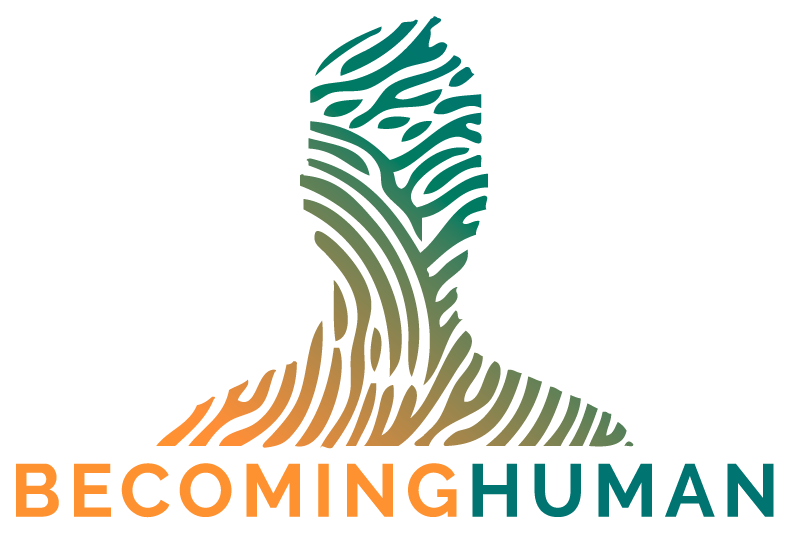











![Three Reasons We're Lonely - [And Three Responses For Being Less So]](https://images.squarespace-cdn.com/content/v1/5963d280893fc02db1b9a659/1651234022075-7WEKZ2LGDVCR7IM74KE2/Loneliness+3+update+%283%29.png)




















